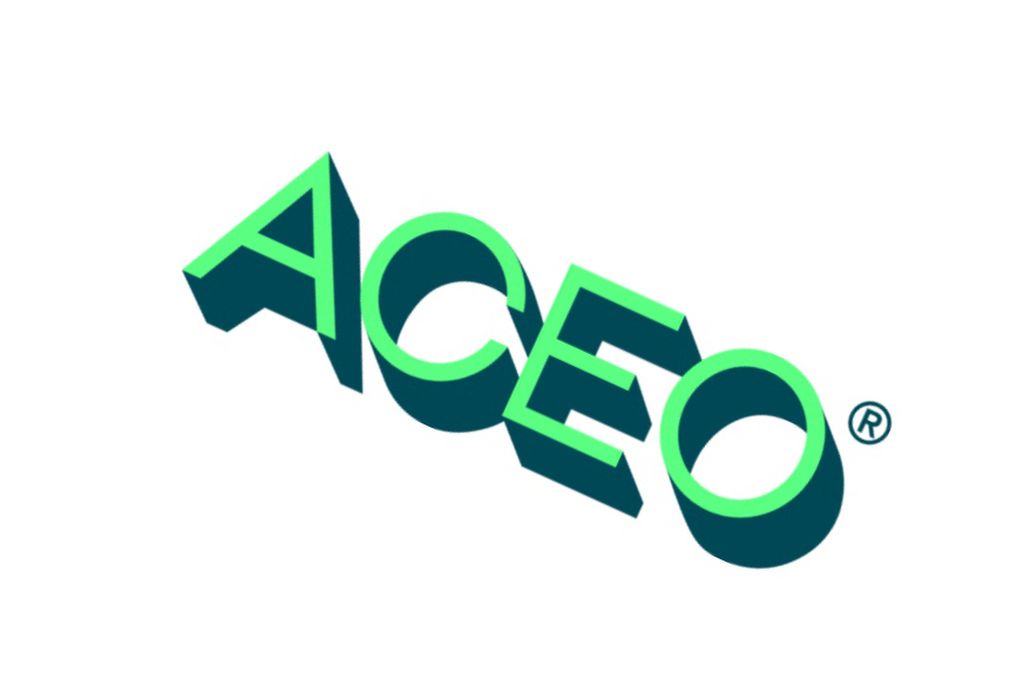
Silicone 3D printing service ACEO appears to be shutting down.
A statement on the company’s website said:
“We are looking back at five exciting and overwhelming years. With the start of our production in 2016 we presented a new-to-the-world solution: 3D-Printing with Silicones. The new achieved possibilities are still unreached and unlimited. As for most new inventions, it takes more time for the market to develop as we have initially expected.
This led us to the decision, that we will discontinue our ACEO® Printing Service by end of the year 2021.
Requests will be accepted until December 10th”
The company launched the service in 2016, and it was one of the very few options for 3D printing in silicone material. Now there is one less option.
ACEO is part of Wacker Chemie, a large German chemical firm that specializes in, you guessed it, silicone rubber and polymers. Our Sarah Goehrke visited their US operation in 2019, and found they were able to produce small silicone objects with their “chemical printing” process.
The ACEO process involves a drop-by-drop approach. Droplets are individually placed, and then after a layer is completed, UV light cures the material to solid form. This repeats, layer-by-layer, until the entire object appears.
Why would a big chemical company shut down its unique silicone 3D print service?
It seems quite strange to me, as others in this particular market have been seeing great success. I recall that German RepRap’s silicone system was offered only as a demonstration, but interest was so high they decided to make it a real product.
What would have caused ACEO to withdraw?
One clue comes from fellow publication 3D Printing Media Network, where Fabbaloo friend Davide Sher wrote:
“3dpbm began covering ACEO in 2017 when we first learned about this technology at the Rapid.Tech show in Erfurt. However, during the five years of ACEO3D activity, we always found news on the company hard to obtain. We were never able to identify a reference contact and always felt some resistance. Any company that launches a new and potentially disruptive product needs to understand how important it is to have continuous media coverage at a global level, especially from specialized industry media.”
This is very likely true, as I’ve seen countless examples of amazing technology that has to be carefully cultivated into an application market. The truth is that existing manufacturers generally don’t want to change things that already work. They have to be shown, over and over again, what advantages might exist with a new technology.
Some 3D printer manufacturers even set up specialized divisions to work with particular industries to “get them on board” with their technology.
That is likely the case for silicone 3D printing, too. It’s a niche market, to be sure, but there are manufacturers of silicone parts that would have to be convinced to use 3D printing instead of their current processes. And that requires them to leverage 3D printing in ways they probably don’t know how. That’s where the education part comes in.
This outcome is particularly curious, because Wacker Chemie is a massive company, with revenues exceeding €5B per year. Surely if any company could withstand some years of market development, they could.
But apparently not. They say:
“As for most new inventions, it takes more time for the market to develop as we have initially expected.”
That sounds to me a lot like giving up too early.
Via ACEO (Hat tip to Benjamin)
